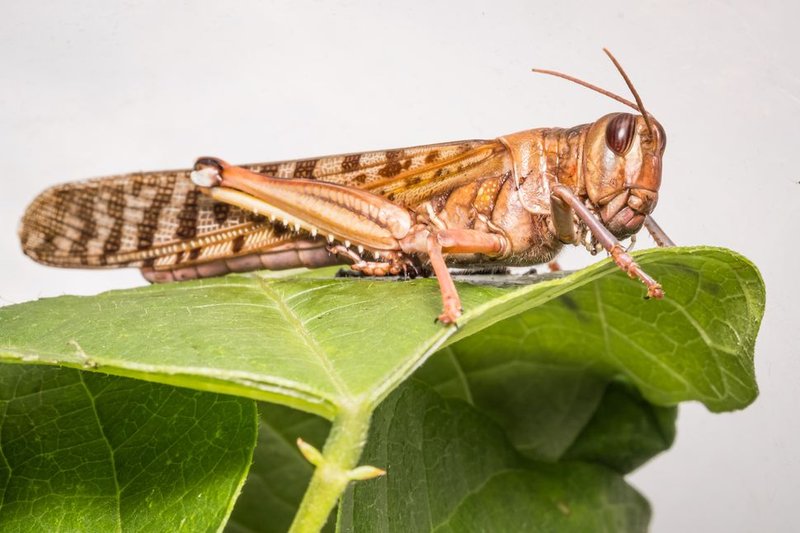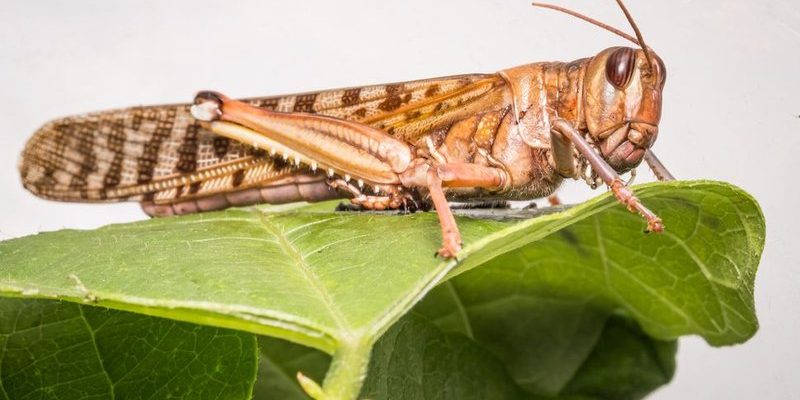
Imagine a busy restaurant kitchen. Every ingredient has its role—some add flavor, others provide texture, and a few even help keep things running smoothly. In the natural world, locusts can be seen as some of those vital ingredients. They contribute to nutrient cycling, serve as food for various animals, and, believe it or not, even help shape the landscapes they inhabit. Understanding the role of locusts in ecosystems can help us appreciate their complex nature and their impact on biodiversity.
Locusts: More Than Just Pests
At first glance, locusts might seem like nothing more than agricultural nuisances. However, they contribute substantially to the ecosystems they inhabit. By feeding on grasses and other plants, locusts help control vegetation growth. This feeding not only stimulates plant regrowth but also prevents the overgrowth of certain species. This can be crucial for maintaining a balanced ecosystem.
Additionally, locusts are fascinating for their ability to form swarms. This behavior isn’t just about overwhelming crops; it’s a survival mechanism that allows them to travel long distances for food and breeding. This migratory behavior can help distribute nutrients across vast areas, participating in a kind of ecological “clean-up” that promotes diversity in plant life.
Impact on Plant Communities
You might be wondering how locusts affect the plants they feed on. Well, when locusts munch on grasses and leaves, they often leave behind a burst of new growth. This regrowth is typically healthier and more nutritious than the original plants. It’s like a reset button for grasslands, allowing different plant species to flourish and ensuring that no single species dominates the land.
In this way, locusts help stimulate plant reproduction. The act of grazing can lead to a surge in flowering and seed production. This is essential for maintaining the areas they live in, ensuring that a variety of plants can thrive. By promoting biodiversity, locusts indirectly support many other species.
Food Web Dynamics
Locusts sit at a crucial intersection in the food web. They are a primary food source for many animals, such as birds, reptiles, and even larger mammals. In turn, their presence helps sustain these populations. For instance, when locusts swarm, birds often flock to feast on them, creating a burst of activity in the ecosystem.
This dynamic effect isn’t limited to just one species either. Think about how different predators, from insects to larger animals, rely on locusts as a food source. When locust populations thrive, they help support a wide array of wildlife. Conversely, when locusts are scarce due to environmental changes or agricultural practices, it can impact populations across the board.
Influence on Soil Health
Soil health and fertility are essential for any thriving ecosystem. Here’s where locusts come into play again. Their feeding habits contribute to nutrient cycling. As locusts consume plants, they leave behind waste that returns valuable nutrients to the soil. This process enriches the ground, making it more fertile and capable of supporting diverse plant life.
Moreover, as locusts burrow and move through the soil, they help aerate it. Think of them as tiny gardeners, loosening up the earth, allowing water and nutrients to penetrate deeper. This interaction is vital for maintaining healthy soil, which in turn supports agriculture and natural plant communities.
Climate Change and Locust Behavior
You might be curious about how climate change affects locusts and their role in ecosystems. As temperatures rise and weather patterns shift, locusts may react in surprising ways. Some regions could see an increase in locust populations, leading to more frequent swarming events. This can put immense pressure on local ecosystems and agriculture.
However, it’s a double-edged sword. While increased locust populations can lead to more intense feeding and potentially more natural fertilizer with their waste, it can also disrupt the balance of the food web. Therefore, monitoring locust populations can provide insight into broader environmental shifts, making them indicators of ecological health.
Strategies for Sustainable Management
To harness the positive aspects of locusts while minimizing their destructive impacts, sustainable management practices are key. Techniques such as integrated pest management (IPM) can help farmers control locust populations without harming the environment. This approach involves using natural predators, timing planting schedules, and monitoring environmental conditions to keep locusts in check.
Educating communities about the role of locusts can also foster understanding and appreciation. By recognizing their importance in ecosystems, people may be more inclined to adopt sustainable practices that benefit both agriculture and the environment.
Locusts are complex creatures that play significant roles in their ecosystems. From promoting biodiversity to supporting soil health and influencing food webs, their impact is far-reaching. While they may be perceived as pests, understanding their ecological roles can change the narrative around them. By embracing sustainable management practices, we can coexist with these fascinating insects, benefiting both agriculture and the natural world.
So the next time you hear about a locust swarm, remember: beneath the surface of their reputation lies an intricate relationship with ecosystems that’s crucial for maintaining balance in our planet’s food web.

